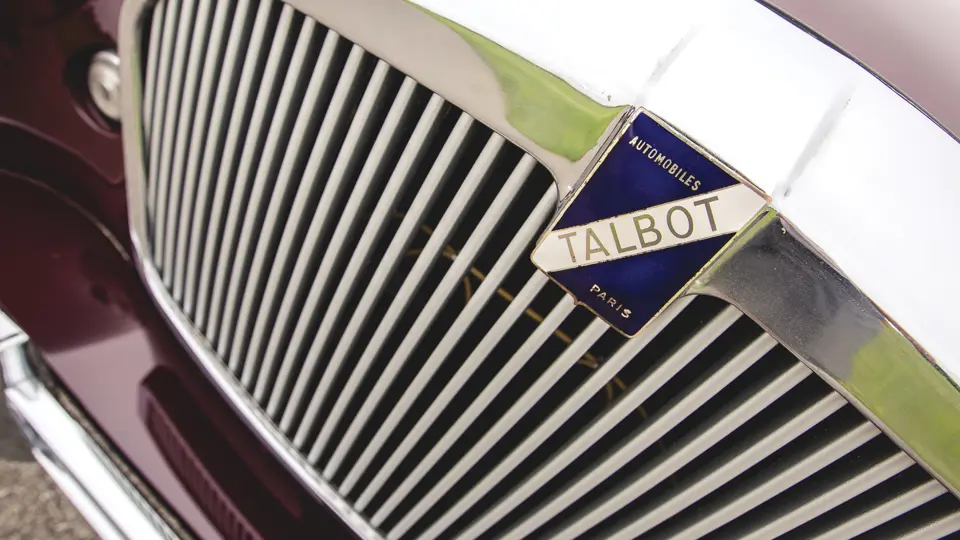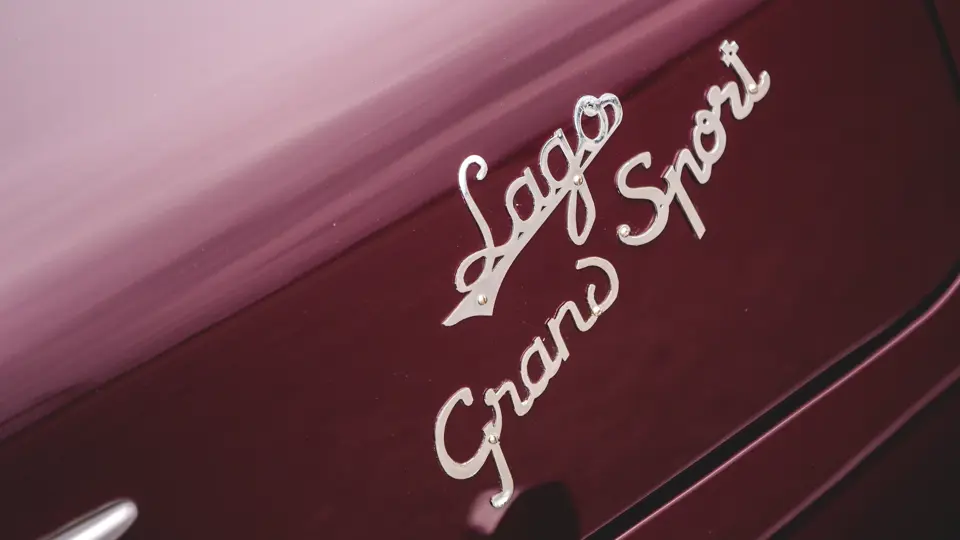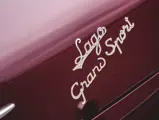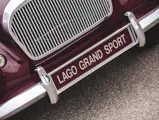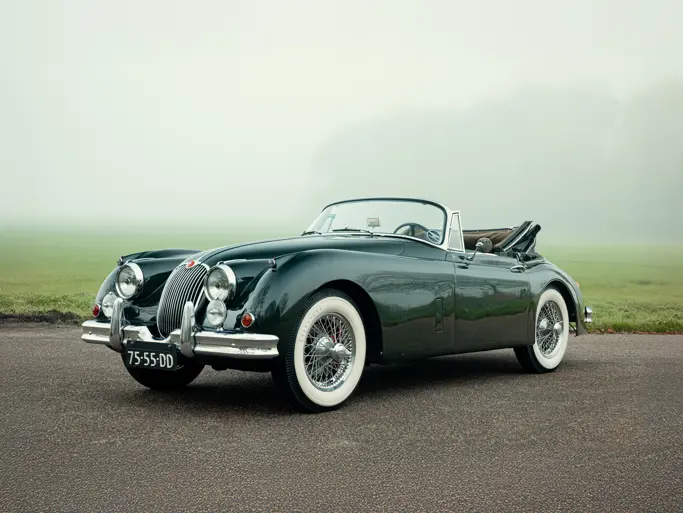210 bhp, 4,482 cc OHV inline six-cylinder engine, four-speed Wilson pre-selector transmission, independent front suspension with coil springs, live rear axle with leaf springs, and four-wheel drum brakes. Wheelbase: 114.2 in.
By 1952, sales of the 2.65-meter short-wheelbase Talbot-Lago Grand Sport chassis had dwindled to almost nothing, and the company was in dire financial straits. The writing was on the wall, yet Anthony Lago refused to give up the fight. Talbot-Lago had absolutely no money with which to develop a completely new sports car chassis, but Lago’s engineering genius remained, and he put it to good use.
The Grand Prix-derived T26 Grand Sport chassis with transverse-leaf front suspension was quietly dropped. To create his new car, Lago redesigned, lightened, and shortened the existing Lago Record chassis to a wheelbase of 2.90 meters. It was a good choice; with its independent front suspension by coils, it had proven to have excellent road manners and sporting driving qualities.
The magnificent six-cylinder T26 engine was given three inverted Solex carburetors but was otherwise left alone, as it was already one of the most powerful and strongest passenger-car engines in the world. Power was up by 20 horsepower to 210 horsepower at 4,500 rpm. For a short time, Lago could glory in the fact that the new model was to be the fastest chassis in the world. On these gratifying underpinnings, a slinky factory body was mounted to a design by Carlo Delaisse, a prolific freelance designer who, in terms of creativity, can be seen as a French Giovanni Michelotti.
The new model was named the T26 GSL, or Grand Sport Longue, and made its debut at the Paris Salon in October 1953. Since the new GSL carried a factory body, there were only detail differences between the cars that were built. Somewhere between a third and half of production have an air vent in the front fender while the rest do not. A few cars were given a two-tone paint scheme, with the roof, including the A- and C-pillars, in a contrasting color to the body. The show cars at the Paris salons were given wide whitewall tires, but some cars had blackwalls for road use.
The GSL was a very elegant car in the French manner, but it was not a commercial success, and the model was short-lived. Introduced in late 1953, production ended in late 1954 or early 1955, a mere 12–18 months after its debut. Somewhere between 19 and 21 T26 GSLs were built, and 11 to 13 survive, making chassis 111012 a very rare car indeed. As the Lago Record was out of production by then, they were the last automobiles to be fitted with the great T26 engine. The passing of the big Talbot marked the end of an era in French luxury car manufacture.
CHASSIS NUMBER 110112
T26 GSL chassis number 110112 was first registered in France on December 12, 1954, but the early history of the car is not known. In the 1970s, the car was used as a daily driver by Alain Spitz, author of the rare French language Talbot-Lago book Talbot, des Talbot-Darracq aux Talbot-Lago. In 1991, the car turned up in Lille, north of Paris. The chassis and engine had been mechanically restored, and the body was in primer and disassembled. The project was sold by Charles LeMenestrel to Talbot-Lago authority and automotive historian Dr. Peter M. Larsen, who embarked upon a complete four-year restoration of the car. In 1995, the car traveled to the current owner in the United States, who has kept chassis number 110112 for the last 20 years. In his ownership, the paint and interior were freshened, bumpers were added, and the engine received further detailing and valve work.
Today, chassis number 110112 presents in lovely condition. The engine bay is tidy and neat, as is the underside, which is painted in flat black. The exterior paint is in excellent condition, with only minor swirl marks, and the panel gaps are even throughout. The chrome is very presentable although uneven in some areas. The interior is lightly worn, predominantly on the driver’s seat, and two hairline cracks are visible in the lightweight Perspex of the rear window. In preparation for its offering, 110112 has been professionally detailed and mechanically serviced, though further attention to the front suspension is advised should the new owner choose to tour the car.
A Talbot-Lago T26 GSL is not only very rare and lovely to contemplate; it is also a large, powerful, and magnificent grande routière in the old style, with classic fast-car road manners and a deep exhaust note from the torquey engine, which speaks deeply to the knowledgeable enthusiast.

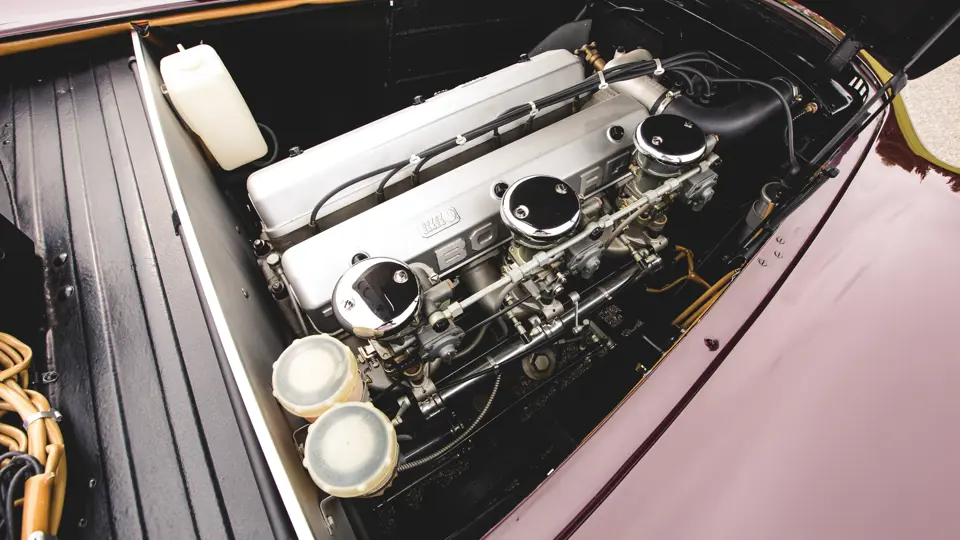



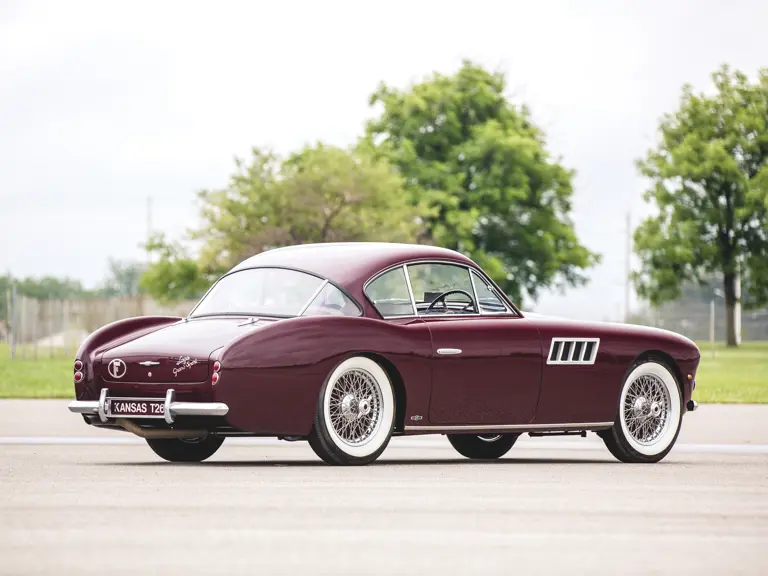
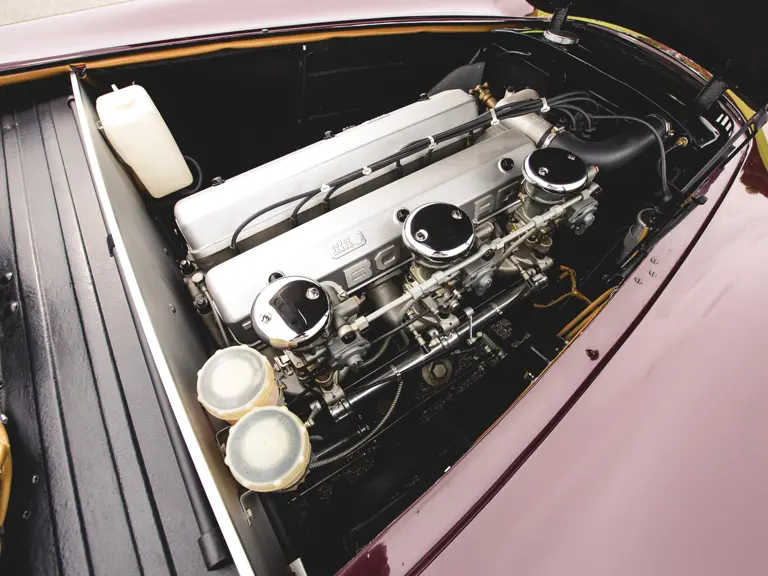
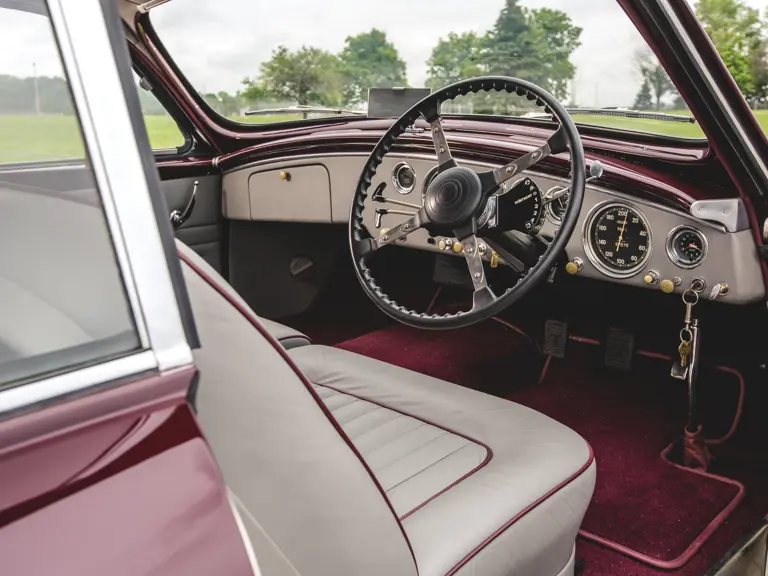


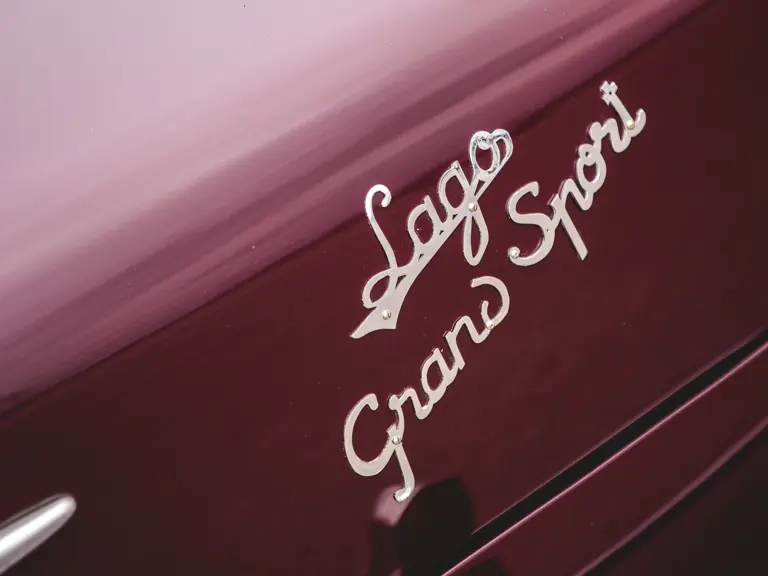
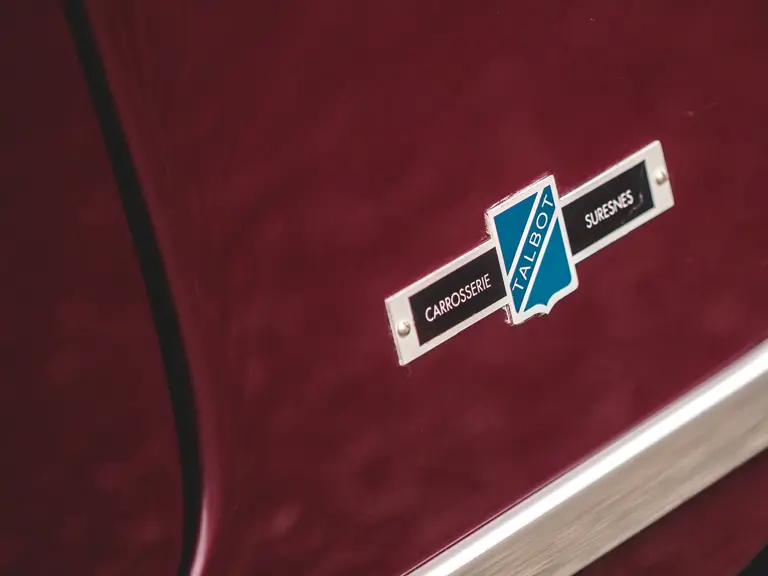

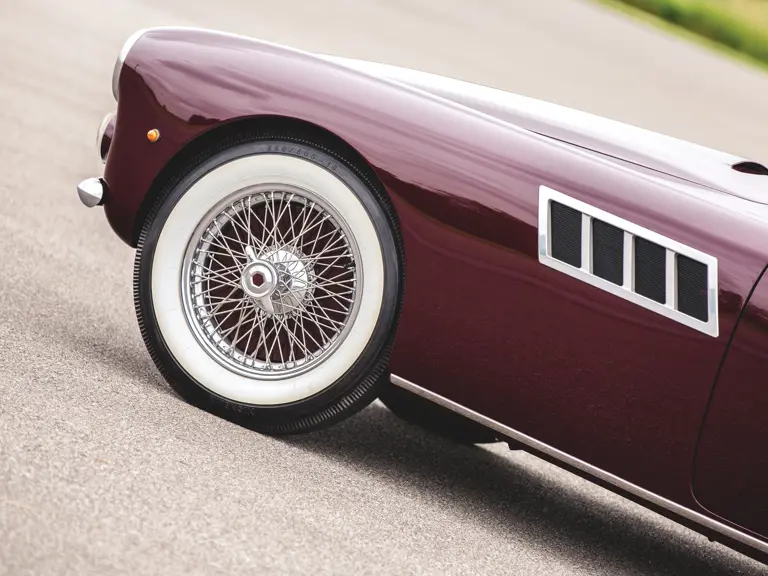



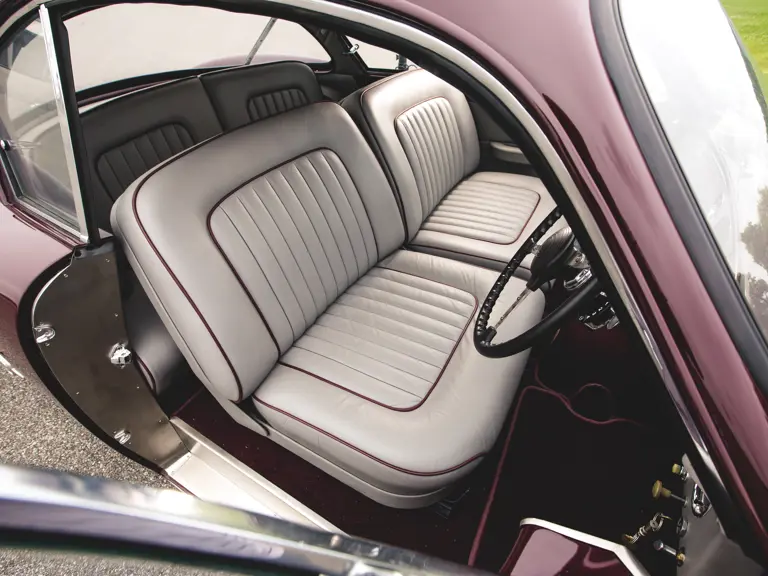
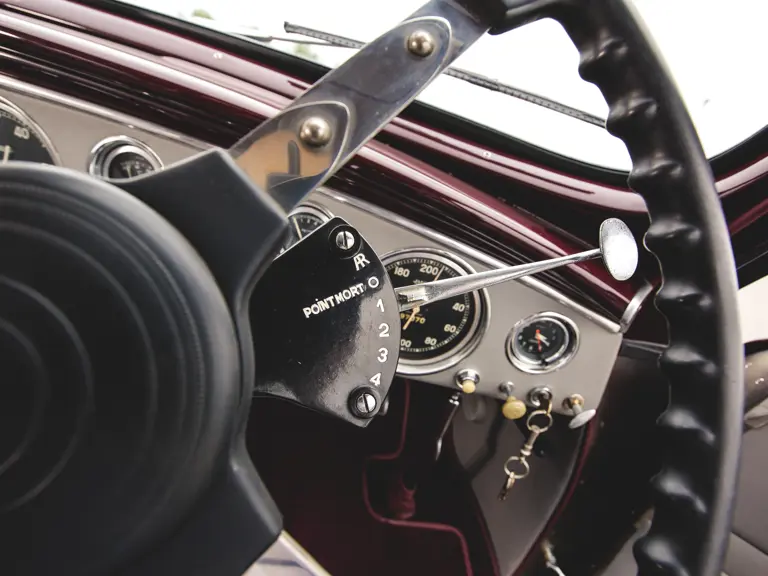
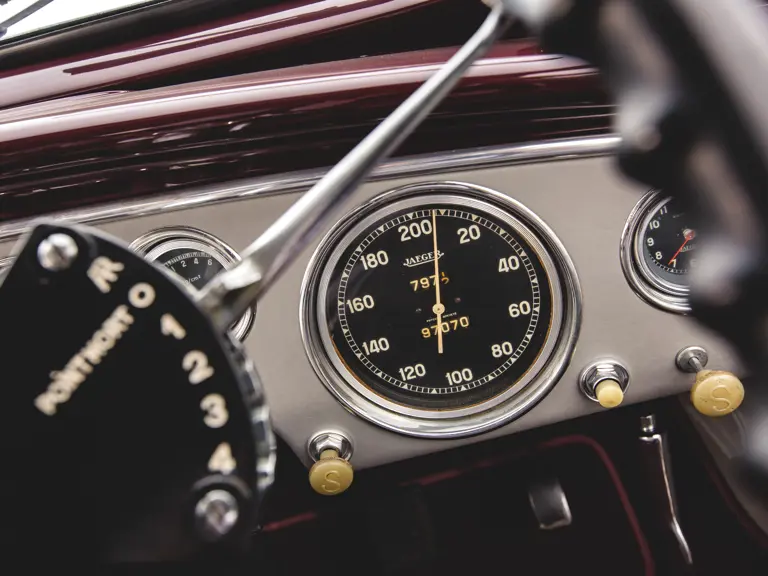
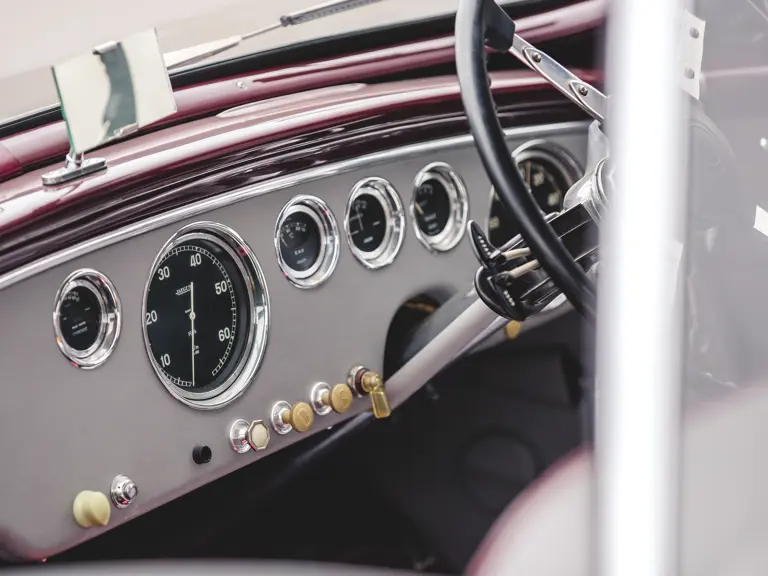
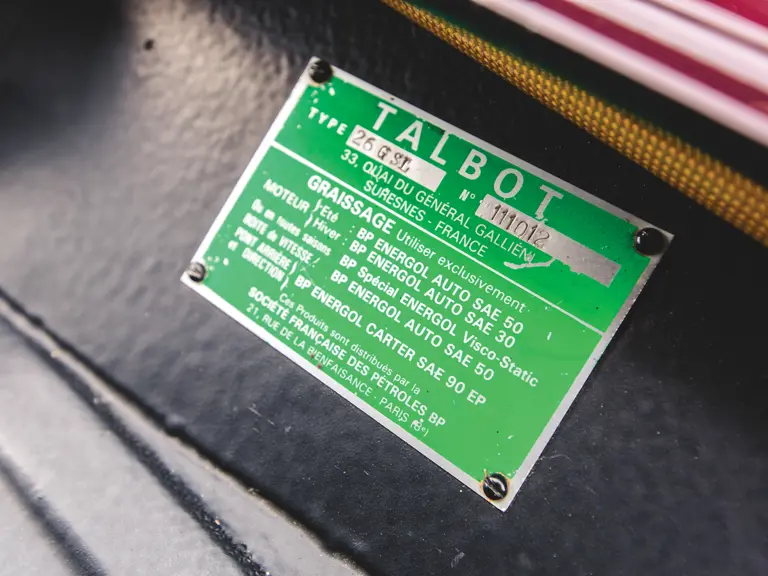




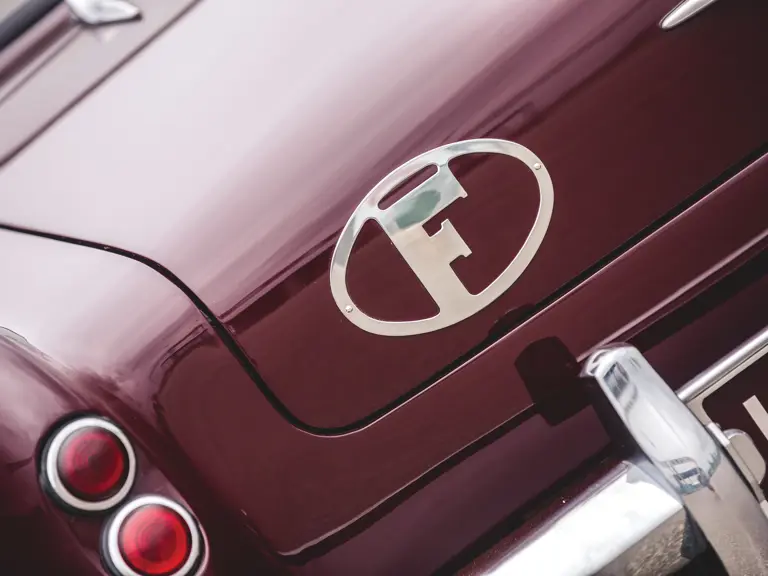


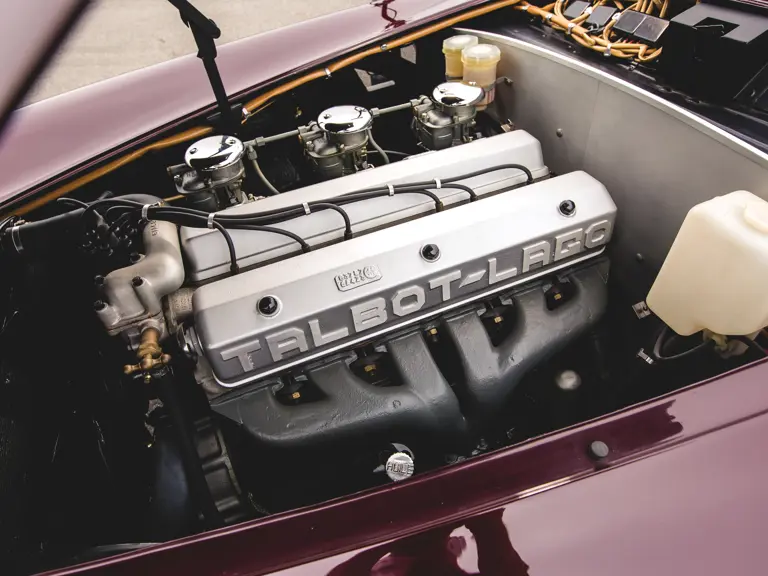

 | Monterey, California
| Monterey, California

